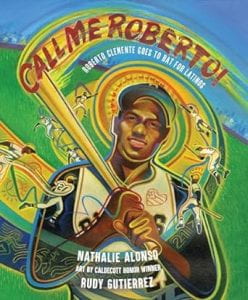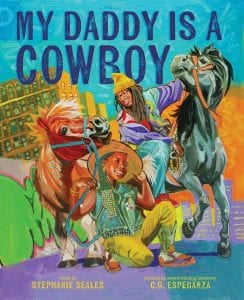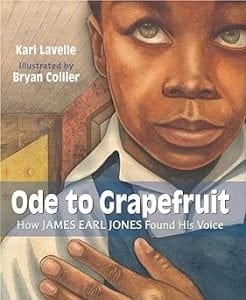 Keller, Shana. Do You Know Them? Families Lost and Found After the Civil War. Illustrated by Laura Freeman. Atheneum Books for Young Readers, 2024. 978-1-665-91307-2. Unpaged. $18.99. Grades 2-4.
Keller, Shana. Do You Know Them? Families Lost and Found After the Civil War. Illustrated by Laura Freeman. Atheneum Books for Young Readers, 2024. 978-1-665-91307-2. Unpaged. $18.99. Grades 2-4.
After the Civil War, many formerly enslaved people began searching for their lost family members, who were often sold or went missing before the abolishment of slavery. Lettie is a young African American girl who is hoping to reunite with her family. She lives in Richmond with her Uncle Charlie, who also is searching for his wife and children. Lettie works hard and saves her pennies, hoping to place an advertisement in the Richmond newspaper asking for information about her family. The young girl practices reading the newspaper with her uncle, focusing on the “Seeking the Lost” ads. Eventually, she becomes such a strong reader that the minister asks her to read the ads to the congregation, whose members do not all know how to read. One day, a woman and Uncle Charlie recognize one of the names. Another day, the congregation rejoices when Lettie reads an advertisement reporting that a father had been found. After many years, the young girl earns enough pennies to place a personal ad about her own family and is rewarded with a positive response. This engaging picture book brings to light the topic of using advertising to help find missing African American family members after the war. The author became intrigued when she learned how newspapers were read aloud to the illiterate in churches in order to share information in the hope of reuniting families. Keller includes the wording of some of the original advertisements throughout the text. The digitally rendered illustrations by Freeman are done on a large scale and show the range of emotions experienced by the characters. Images of Indian head pennies are sprinkled throughout the text and symbolize the longing and hopes of the African American community after the Civil War.
THOUGHTS: This poignant story is a great read aloud and is perfect for Civil War and slavery units. It provides a unique perspective on African American life during the Reconstruction. Highly recommended for elementary library collections.
Historical Fiction
Picture Book









